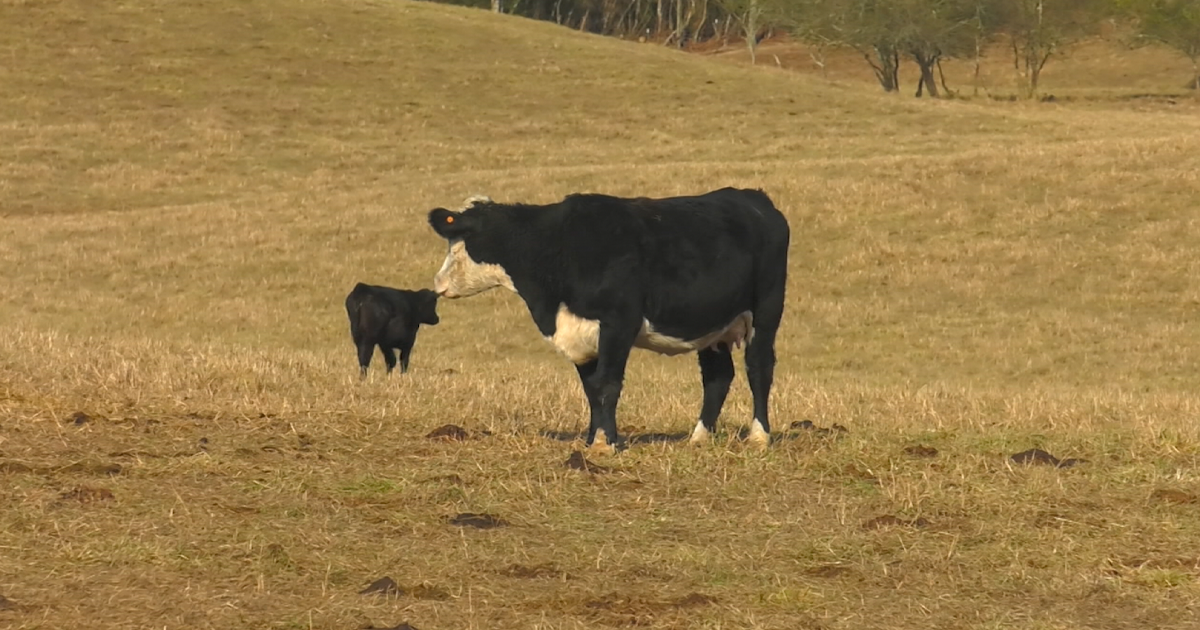Villanow, GA |
Here in Walker County, it’s hard to believe that things are better than they were just a couple of weeks ago, as they went almost three whole months with just a fraction of an inch of rain in what’s called an exceptional drought – the worst level there is and was even designated by the USDA as one of the eleven natural disaster counties in the region. It’s something that’s of course been a concern to most everyone, but to cattle producers like Brian Hart, the concern is very much still there.
“This year, our rainfall was perfectly normal until the last week of August and the last week of August it basically quit raining. This area has been in a drought for all of September, all of October, all of November and starting into December. We have had some rains the last part of November and some rains early December and rain forecasted this weekend, which is hopeful, but it’s just been a terribly, terribly dry time for those months and it affected our Fall grazing. We really didn’t know yet how it’s going to affect our hay crop next year,” says Brian Hart, Owner of Red Barn Farm.
As you can tell, most, if not all of the forage is long gone into dormancy, which has forced Brian to start feeding hay early this year.
“We typically graze our fescue pastures up until mid-November, early December with good rain and we don’t put up that much hay, but our hay consumption this year has been extremely high since really about the middle of September because there has been no grass, as you could see from looking in the fields there. It’s just it’s really dried up. We do have some fields we haven’t grazed yet that look decent, but it’s certainly affected our hay consumption. We’ve probably fed an additional hundred rolls of hay already this year that we normally do not feed,” says Hart.
Of course having to start feeding hay earlier than expected has caused his hay stocks to be depleted much faster than normal, which has caused him to have to purchase more hay to make sure they have enough to last them through the Winter.
“We’ve actually purchased some hay just to make sure we have enough. I think we have enough. A lot of it depends on what the grass does when it does start raining, because that’s what nobody knows. If it starts raining normally in December, we don’t know what the grass is going to do behind that rain, so we have bought an additional 150 rolls of hay that we’re going to feed if needed,” says Hart.
One thing that’s concerning to Hart is the long-term effect on his herd, as he relies on Winter grazing to help maintain his cattle’s weight, but without it, he’s afraid they may come up short when it’s time to sell.
“In the calf business like we’re in, we typically wean off 650-700 pound calves every spring along the May or June time frame. We don’t know what those weights are going to be because of the shortage of grass. Now we’ve got plenty of hay to feed them, but they’ll gain a lot better if they had some grass to go with it so that’s another way that it very easily could affect us,” says Hart.
Drought conditions have lessened in the last couple of weeks, but most of the Northwest Georgia area remains in severe drought conditions and it’s unclear when those conditions will ease up.
By: John Holcomb

